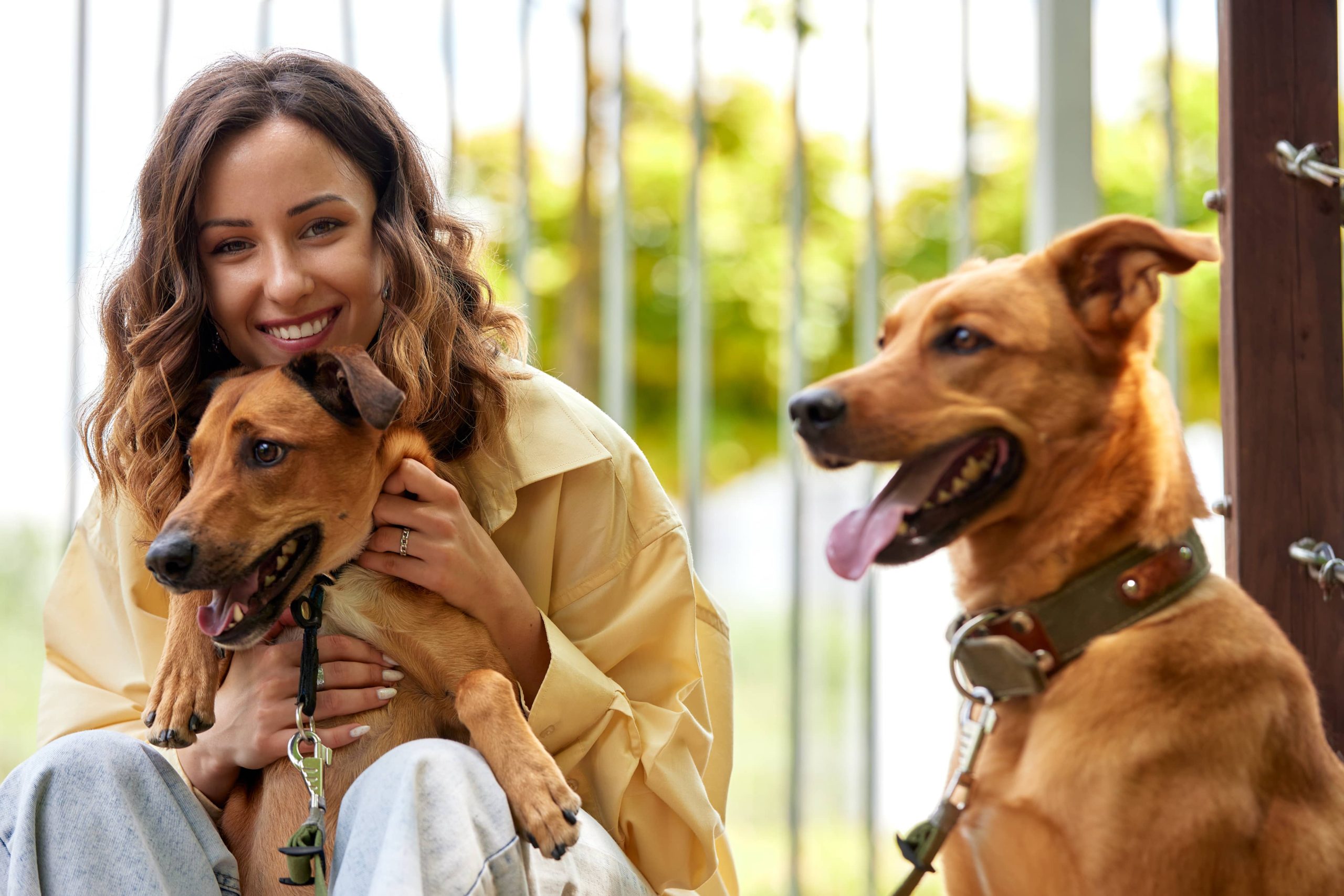
Welcoming a previously abused pet into your home can be a profoundly rewarding experience. Offering a fragile and traumatized animal a chance at a loving, stable life is a noble endeavor, but it comes with challenges that must be handled with patience, empathy, and informed care. Socializing a pet that has endured abuse requires understanding, consistency, and a step-by-step plan to help them rebuild trust and confidence.
Understanding Abuse and Its Effects
Abuse can leave deep psychological scars on pets. These can manifest as extreme timidity, aggression, fear of specific stimuli (such as particular types of people or objects), or a complete reluctance to engage. Understanding the severity and type of abuse your pet experienced can guide your approach in rehabilitating and socializing them. Recognize that emotional scars may take longer to heal than physical ones.
Creating a Safe Environment
The first step in socializing an abused pet is establishing a safe, secure environment tailored to their needs.
1. Secure Space: Designate a quiet, comfortable area in your home where your pet can feel safe. This should be a peaceful sanctuary away from loud noises and high traffic.
2. Soft Bedding and Comfort Items: Provide soft bedding and comforting items such as toys, which can help create a sense of normalcy.
3. Consistent Routine: Establish a daily routine. Predictability can be very reassuring to an anxious pet.
Building Trust
Building trust is paramount, as an abused pet often views the world through a lens of fear and mistrust.
1. Patience is Key: Accept that progress will be slow. Do not rush interactions or force your pet into situations that seem overwhelming.
2. Body Language: Approach your pet calmly and at their level. Avoid direct eye contact, as this can be perceived as a threat. Use a soothing tone of voice.
3. Positive Reinforcement: Reward good behavior immediately with treats, praise, or affectionate petting. Positive reinforcement helps pets associate human interaction with positive outcomes.
4. Avoid Punishment: Never use punishment or negative reinforcement. These will only reinforce an abused pet’s fear of humans.
Gradual Socialization
Introducing your pet to new experiences and environments is essential for socialization. However, this should be done gradually and according to your pet’s comfort level.
1. Controlled Exposure: Start with brief, non-threatening exposures to different environments and other pets within a controlled setting. For instance, you could begin with a calm room at home before venturing outdoors.
2. Observing Reactions: Pay close attention to your pet’s body language. Signs of stress include flattened ears, tucked tail, and excessive panting. If your pet shows signs of distress, gently remove them from the situation.
3. Desensitization: Slowly introduce your pet to various stimuli. Begin with soft sounds at low volumes and gradually increase as your pet becomes more comfortable.
4. Consistent, Short Sessions: Keep socialization sessions short. Frequent but brief exposures are more effective than prolonged, stressful experiences.
Interaction with Other Pets and People
Socializing with other animals and people is a significant part of your pet’s rehabilitation.
1. Controlled Pet Introductions: When introducing your pet to other animals, start with calm, well-socialized pets. Keep initial interactions short and try to facilitate positive experiences.
2. Gradual Human Interaction: Introduce your pet to new people gradually. Start with one person at a time in a calm setting. Ensure that any new individual understands the importance of patience and gentle interaction.
3. Respecting Boundaries: Both humans and other pets should respect the boundaries of the abused pet. This can mean understanding when to retreat and let the pet have space.
Professional Help
Consulting professionals can provide deeper insights and advanced strategies for socialization.
1. Veterinarians: Ensure your pet is healthy and discuss behavioral issues with your vet. Underlying health conditions could exacerbate stress behaviors.
2. Animal Behaviorists: Certified animal behaviorists can offer tailored strategies and training plans specific to your pet’s needs.
3. Professional Trainers: Engage trainers who specialize in dealing with abused animals. They can guide you through advanced socialization techniques.
Monitoring Progress
Keeping track of your pet’s progress helps in ensuring they are moving in the right direction. Note their responses to various stimuli and adjust your approach as needed.
1. Behavioral Logs: Maintain a log of behaviors, noting any improvements or setbacks. This will help you identify patterns and adjust socialization techniques accordingly.
2. Regular Check-Ins: Schedule regular check-ins with professionals like your vet or a behaviorist to reassess and modify your socialization strategy if necessary.
Emotional Support for Pet Owners
Caring for an abused pet can be emotionally taxing. Seek support for yourself as well.
1. Support Groups: Join online or in-person pet owner support groups. Sharing experiences can be therapeutic.
2. Counseling: Consider counseling if you find yourself struggling with the emotional demands of caring for a traumatized pet.
Conclusion
Socializing a previously abused pet is a process that demands patience, understanding, and unwavering dedication. The journey from fear to trust is not linear and will have its ups and downs. However, each small victory – a wagging tail, a tentative purr, or the first time they willingly approach you – brings immense joy and fulfillment. By following these guidelines and adapting them to your pet’s unique needs, you can help them overcome their past traumas and embrace a future filled with love and companionship. Remember, the heart of an abused pet is fragile, but with consistent love and care, it can and will heal.






